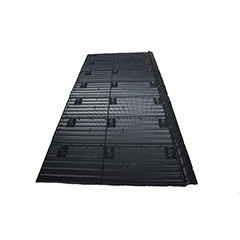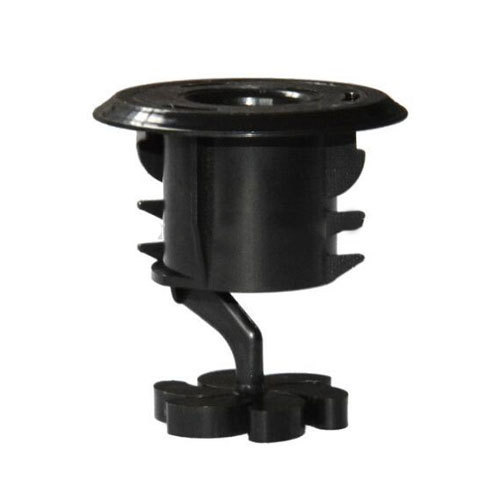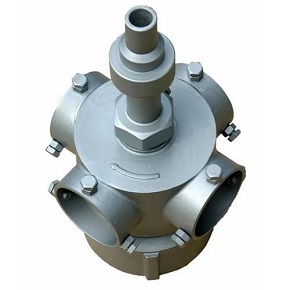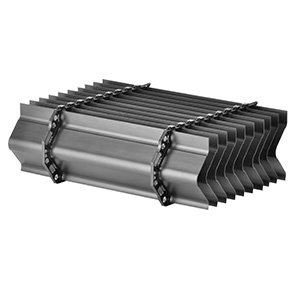Crossflow vs. Counterflow: Which Method Optimizes Sedimentation in Water Treatment?






In the ongoing search for efficient water treatment solutions, the debate between crossflow and counterflow sedimentation methods has been a hot topic among industry professionals. Both methods have distinct advantages, and understanding their differences is essential to optimizing the sedimentation process in a variety of water treatment applications. Learn more about our premium Cooling Tower Fills.
Learn about Crossflow and Counterflow

Crossflow Sedimentation:
In a crossflow sedimentation system, water flows horizontally through a sedimentation zone. The design ensures that the water moves perpendicular to the direction of the sedimentation particles. This method is known for its ability to handle high flow rates and large volumes of water, making it a popular choice for large treatment facilities.
Advantages of Crossflow:
Large Capacity Treatment: Ability to efficiently manage large volumes of water.
Even Distribution: Ensures that particles are evenly distributed throughout the sedimentation zone.
Scalability: Easily expandable for large-scale operations.

Counterflow Sedimentation:
In contrast, counterflow sedimentation involves water flowing upward through a sedimentation zone, in the opposite direction of the sedimentation particles. This upward flow enhances the removal of fine particles and improves the overall clarity of the effluent. In applications where high-quality effluent is a priority, counterflow systems are often preferred.
Advantages of Counterflow:
Fine Particle Removal: Smaller particles are captured and removed more efficiently.
Superior Clarity: Produces higher quality effluent with fewer suspended solids.
Efficiency: Settling efficiency is improved due to the opposite flow direction.
Polypropylene Tube Settlers: Enhancing Both Methods
Innovative technologies such as polypropylene tube settlers further optimize crossflow and counterflow settling methods. Made of durable and chemically resistant polypropylene, these tube settlers provide a greater surface area for particles to settle, significantly improving settling efficiency.
Advantages of Polypropylene Tube Settlers:
Increased Settling Area: Sloped tubes maximize surface area, promoting better settling of particles in crossflow and counterflow systems.
Space-Saving Design: Compact and efficient, reducing the floor space required for settling tanks.
Durability: Polypropylene construction ensures long-lasting performance with minimal maintenance.
Choosing the Right Method
The choice between crossflow and counterflow settling depends largely on the specific needs of a water treatment facility. For high-volume operations, a crossflow system equipped with polypropylene tube settlers offers excellent efficiency and scalability. On the other hand, for applications that require superior effluent clarity, counterflow systems equipped with tube settlers can enhance fine particle removal and improve water quality.
As the water treatment industry evolves, understanding the advantages and applications of crossflow and counterflow settling methods is critical to optimizing performance. Polypropylene tube settlers enhance both methods, providing a versatile and efficient solution to a variety of water treatment challenges.
GUSTA is committed to creating more high-quality cooling tower accessories products for our customers, contact us to cooperate.
You might also like
Categories
Trending








